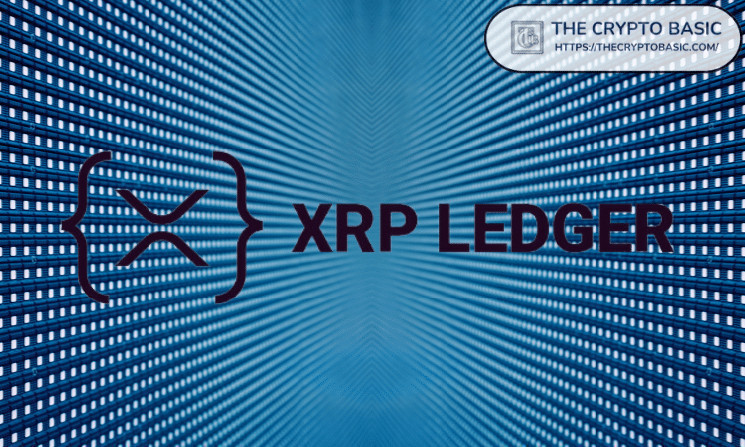The XRP community is discussing the potential introduction of native staking or lending functionalities on the XRP Ledger (XRPL).
Despite being over a decade old, XRPL lacks these features, forcing XRP holders to rely on third-party platforms for yield-earning opportunities. This conversation is now gaining traction, with key voices from the XRP ecosystem making contributions.
Introducing Native Staking on the XRP Ledger
Most recently, Mickle, an XRP community figure, proposed the idea of XRP staking, suggesting someone take up the challenge of making it a reality.
He pointed to Babylon Labs, a Bitcoin staking protocol, as an example of how a staking system could work for XRP. Babylon Labs allows Bitcoin holders to earn yields on their holdings without relying on third-party trust or bridging assets to other chains.
In response to Mickle’s challenge, Hugo Philion, co-founder and CEO of Flare Networks, mentioned that development of the necessary tools to achieve staking on the XRPL is ongoing. According to Philion, Flare is building staking mechanisms using Flare XRP (FXRP).
The tools to achieve this are already being built on Flare with FXRP as the staking asset. The FDC can then be used to slash services being provided by the staked nodes/service providers. A great example of this would be if someone wanted to relay the FTSO price to XRPL using the…
— Hugo Philion ☀️ (@HugoPhilion) October 17, 2024
He said the protocol would leverage the Flare Data Connector (FDC) for slashing of the services from the providers or staked nodes, such as when relaying oracle data between platforms like Flare and XRPL.
XLS Proposals for XRP Staking
Vet, an XRPL dUNL validator, also submitted an idea. He presented the XLS-65 and XLS-66, two upcoming protocols, for bringing native yield farming to XRPL.
According to Vet, these standards will likely undergo rigorous testing soon, with a devnet release anticipated to give developers a chance to explore their capabilities.
The XLS-65 proposal introduces the “Single Asset Vault,” an on-chain mechanism that combines assets from multiple depositors and makes these assets available to other on-chain protocols.
This vault system will facilitate a wide range of functions, including lending, yield generation, and asset management. XLS-65 looks to provide flexibility for different use cases, including native staking, by decoupling liquidity provision from specific protocol logic.
The other piece, XLS-66, focuses on decentralized lending. Notably, the protocol aims to create a lending system on the XRPL, where users can offer and receive loans without the need for intermediaries like banks.
The proposal simplifies lending by skipping complex on-chain collateral and liquidation processes. Instead, it allows for uncollateralized fixed-term loans with pre-defined interest rates, relying on off-chain mechanisms for credit risk assessment.
Interestingly, the XLS-66 protocol would use the asset vaults defined in XLS-65 to pool depositor funds and facilitate lending.
Both XLS-65 and XLS-66 were authored by Vytautas Vito Tumas, a software engineer at Ripple, and Aanchal Malhotra, the Head of Research at RippleX, demonstrating that Ripple itself is actively involved in advancing native yield and lending functionalities on the XRPL. They submitted the proposals simultaneously in April.
 thecryptobasic.com
thecryptobasic.com
